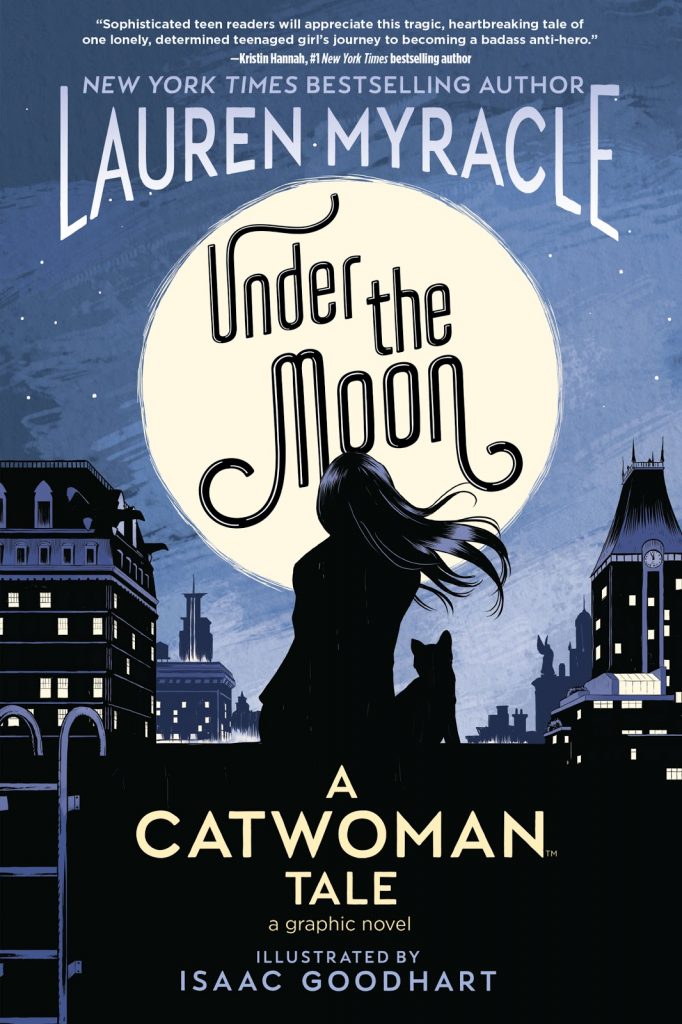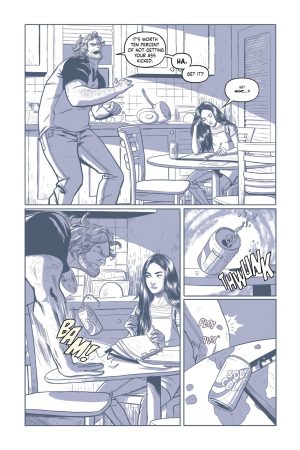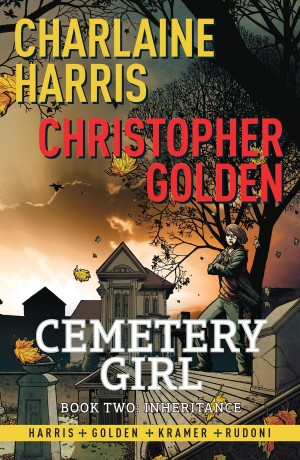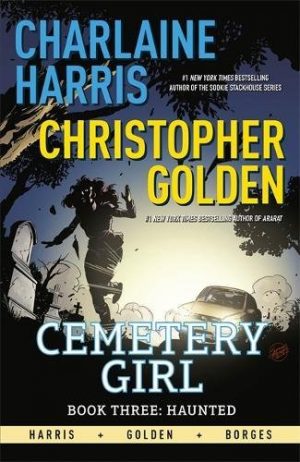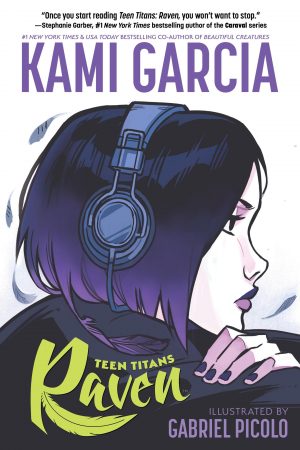Review by Frank Plowright
Under the Moon’s cover design resembles a young adult novel rather than a graphic novel, and that’s an area where Lauren Myracle has a considerable track record, transferable to a tale of the young teenage Selina Kyle. She’s better known as Catwoman, and DC aren’t shy of cover promoting that, but anyone expecting the traditional Catwoman action is going to be disappointed.
This is the young teenage Selina, whose mother works in bars, and throughout Selina’s life has hooked up with a succession of ignorant brutes who treat Selina with contempt at best and violence at worst, her mother not backing her up. Dernell seems to be sticking around longer than the usual dumb boyfriend, so Selina eventually decides to leave home.
The pages beyond the story provide contacts for organisations addressing self harm, domestic abuse, animal cruelty and suicide, as a large part of Under the Moon’s premise is to address social issues via Selina. Myracle never becomes too obviously preachy, and if the self-harm aspect seems almost an afterthought in relation to other issues, it’s tied in well to what Selina’s destined to become. The character building is also good, Myracle drawing on how troubled young people so often isolate themselves, and how even the well intentioned can reinforce the original problem. While concentrating on reality for so long, when a crime element is introduced it comes across as tacked on, and there’s also a contrivance about the use of Bruce Wayne. He’s inextricably tied into Selina’s adult world, but his presence here constantly reminds of a Batman to be, and as Under the Moon isn’t about Selina’s adult life he’d have been better substituted by someone else rich.
Isaac Goodheart is a definite asset, keeping the art in the real world and ensuring it’s emotionally strong. What Selina’s thinking is drawn on her face, and that applies to other characters, Rosie needing an even surer touch. He works the backgrounds also, embedding Selina in the assorted primary locations and populating them. Indeed some of the most decorative sequences are just of people hanging around the school. Jeremy Lawson restricts the colours to blue and purple, suitable for the primarily nocturnal scenes and instilling an overall atmosphere.
It’s understandable that DC would want to tie any young adult piece into one of their characters, but don’t become too hung up on this being a Catwoman story. While Myracle plants signifiers to the future, it’s primarily young adult adventure with messages. Myracle resists the temptation to tie everything up neatly at the end, avoiding slotting people into all-purpose designations, and that’s welcome. The idea is for those in need to identify with Selina, and perhaps make better choices than she does, and it wouldn’t work if the needs of fiction intruded too far. This is a definite library book rather than a bestseller, offering sound advice, so let’s hope DC are equipped to get the book where it’s needed.
